Information For Use Case Descriptions Is Primarily Derived From System Sequence Diagrams
Information for use case descriptions is primarily derived from system sequence diagrams. Finally later on in the process scenarios can be translated into use cases or essential use cases and associated with system requirements Preece 2002. A use case diagram is a graph of actors a set of use cases enclosed by a system boundary communication associations between the actors and the use cases and generalizations among the use cases. Of the four goods whose demand curves are shown in diagrams 1-4 of the figurethe good that has the.
Sequence diagrams provide a dynamic view to the system behaviour which can be difficult to extract from static diagrams. Sharing the use of signals or semaphores critical. Information for Use Case Descriptions is primarily derived from System Sequence Diagrams.
Use-case realization is part of requirements gathering activity. A good way to describe a use case scenario is with a state chart. False In an interaction diagram messages are sent and received by individual objects not by classes.
Information for Use Case Descriptions is primarily derived from System Sequence Diagrams. The use case does not define how the system internally performs its tasks in terms of collaborating objects. And has been defined in several publications.
The customer generally finds information about what happens inside the system uninteresting so the use-case descriptions may leave such information out. Furthermore the context diagram shows all external entities which interacted with the system and all data flows between these and the system. To represent the system requirements from users perspective.
An actor could be the end-user of the system or an external system. It is primarily used to design document and validate the architecture interfaces and logging to the system. Interaction diagrams and patterns apply while doing use-case realizations.
During construction use-case realizations are created for remaining design problems. The purpose of the context diagram is to depict how the system is connected to and interacts with other entities that.
Information for Use Case Descriptions is primarily derived from System Sequence Diagrams.
The use case diagram describes the overall system which contains the actors and use cases in the system in a sequence. Sequence diagrams allow developers to see how each part of the system interacts with others to perform a specific function as well as the order in which these interactions occur to complete a use case. This is followed with a detailed look at. Sequence diagrams provide a dynamic view to the system behaviour which can be difficult to extract from static diagrams. And has been defined in several publications. A good way to describe a use case scenario is with a state chart. In these cases the use-case description reads like a black-box description in which internal details on what the system does in response to an actors actions is either missing or very summarily described. Architectural description Use case diagram. Sharing the use of signals or semaphores critical.
Inter pr ocess and inter thread communication incl uding process synchronization memory. It is primarily used to design document and validate the architecture interfaces and logging to the system. When writing a use case developers may use a sequence diagram -- which shows how objects react along a timeline -- to model the interactions between objects in a single use case. Of the four goods whose demand curves are shown in diagrams 1-4 of the figurethe good that has the. A use case diagram shows the relationship among actors and use cases within a system. Inter pr ocess and inter thread communication incl uding process synchronization memory. Architectural description Use case diagram.











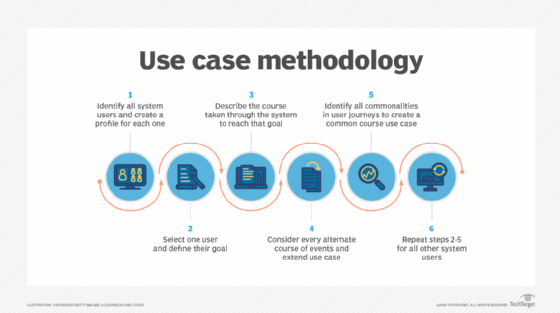

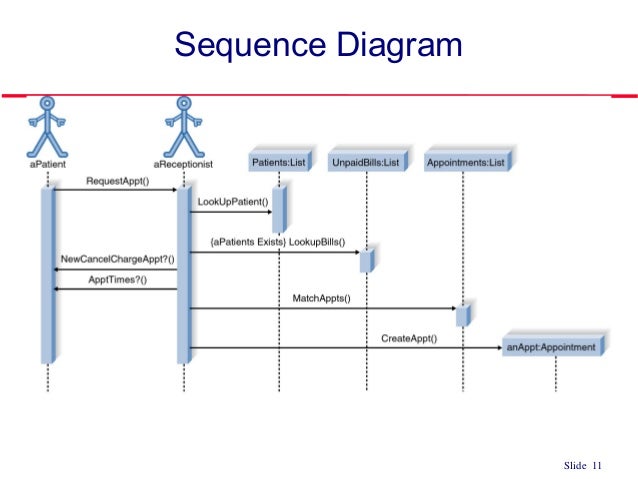
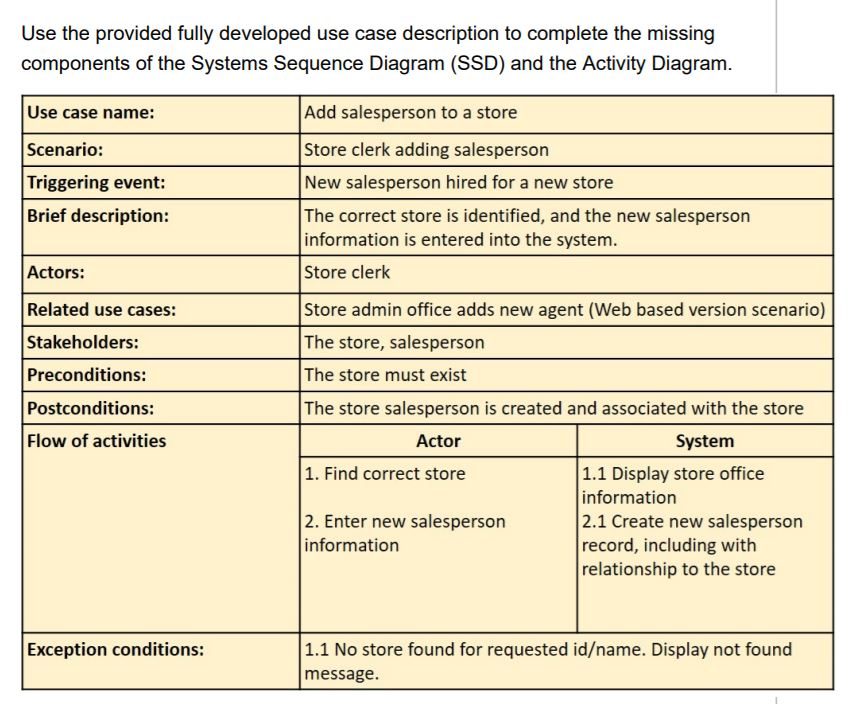
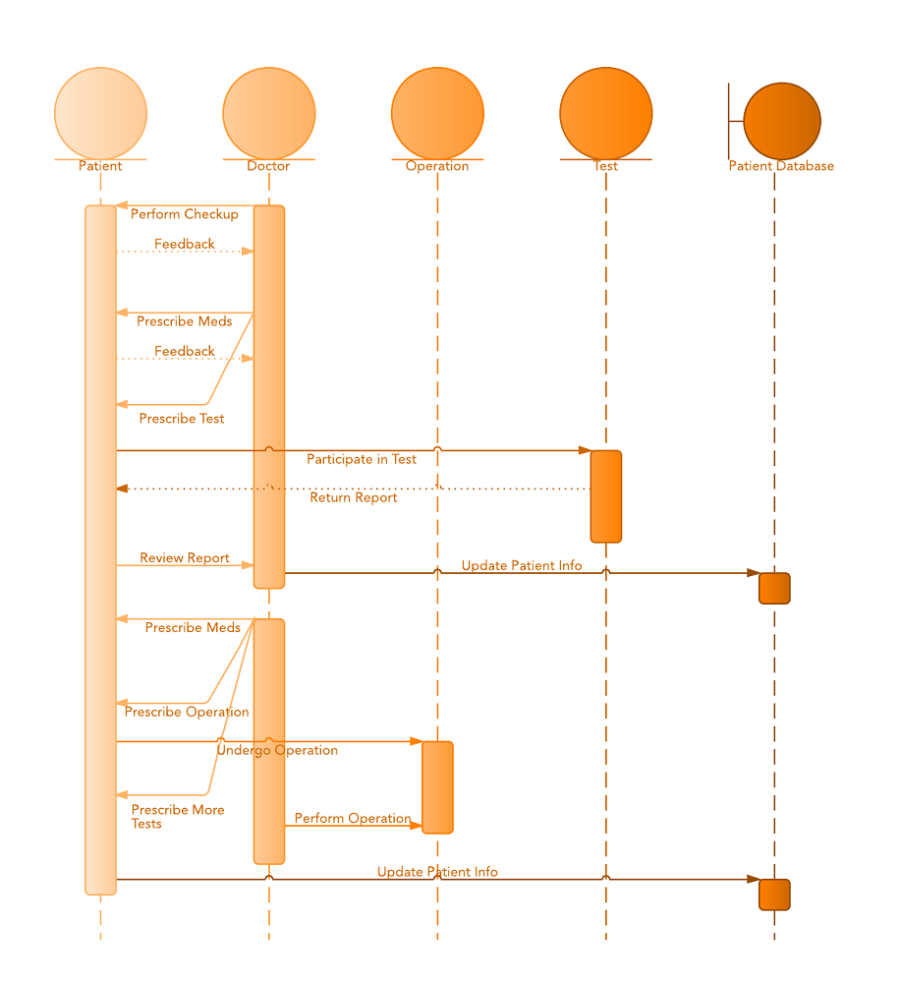
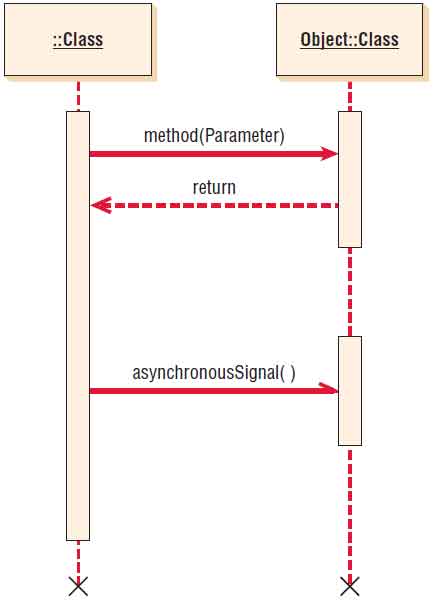

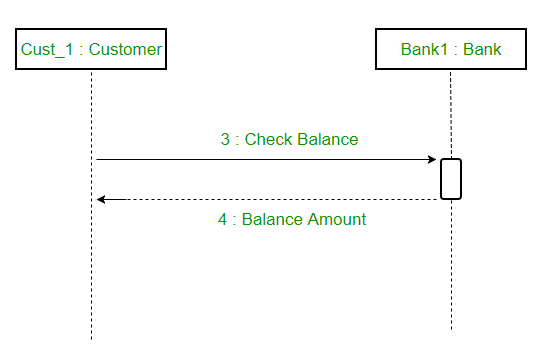




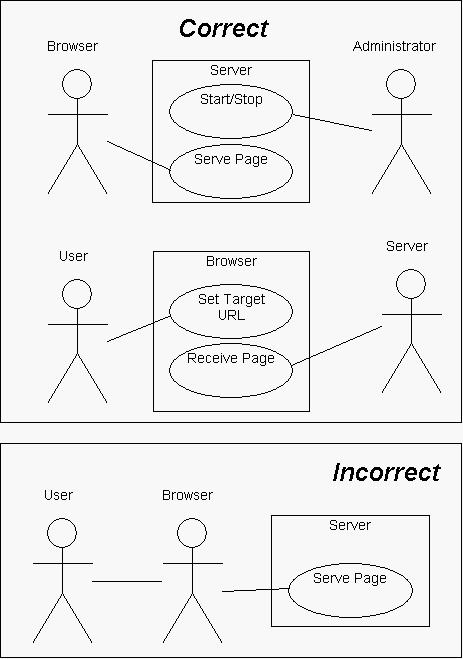

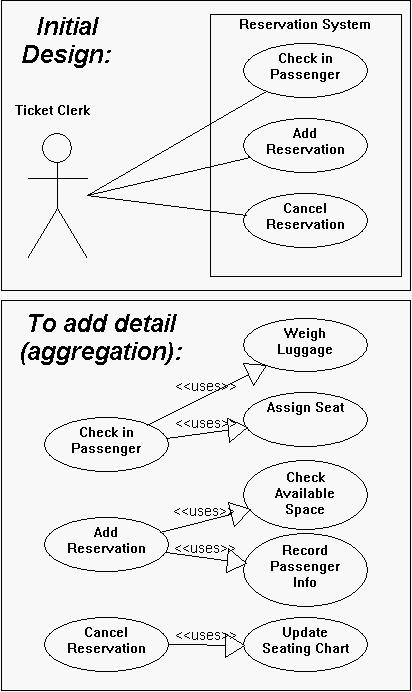
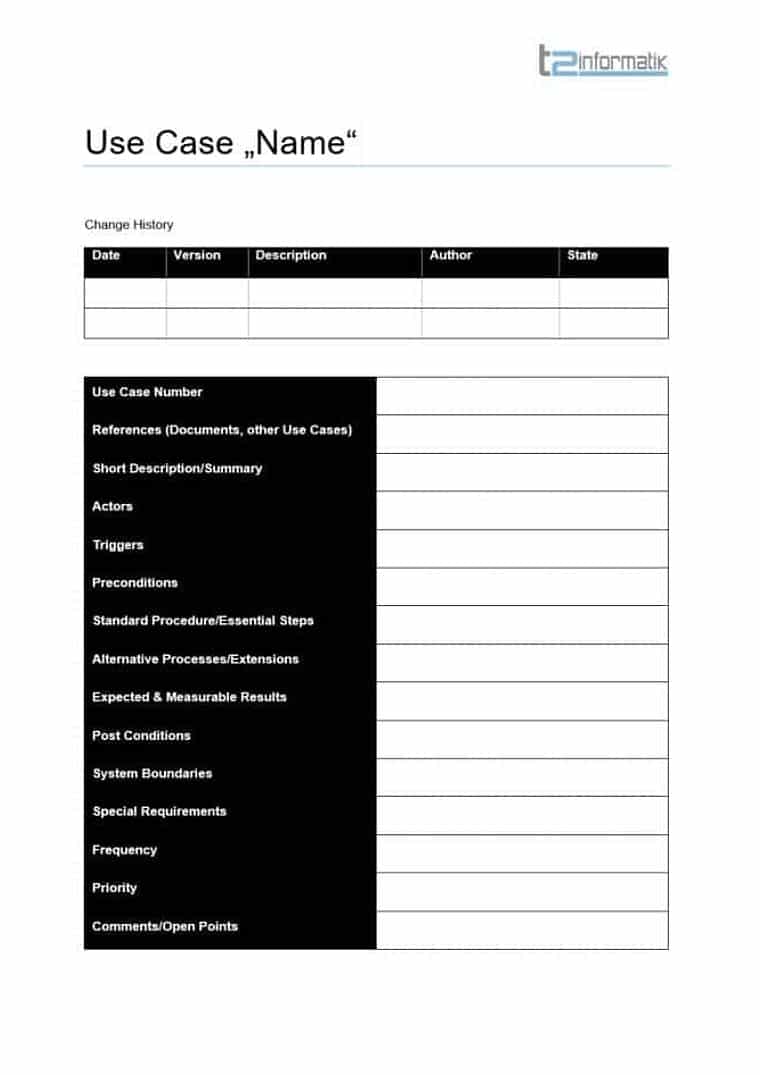
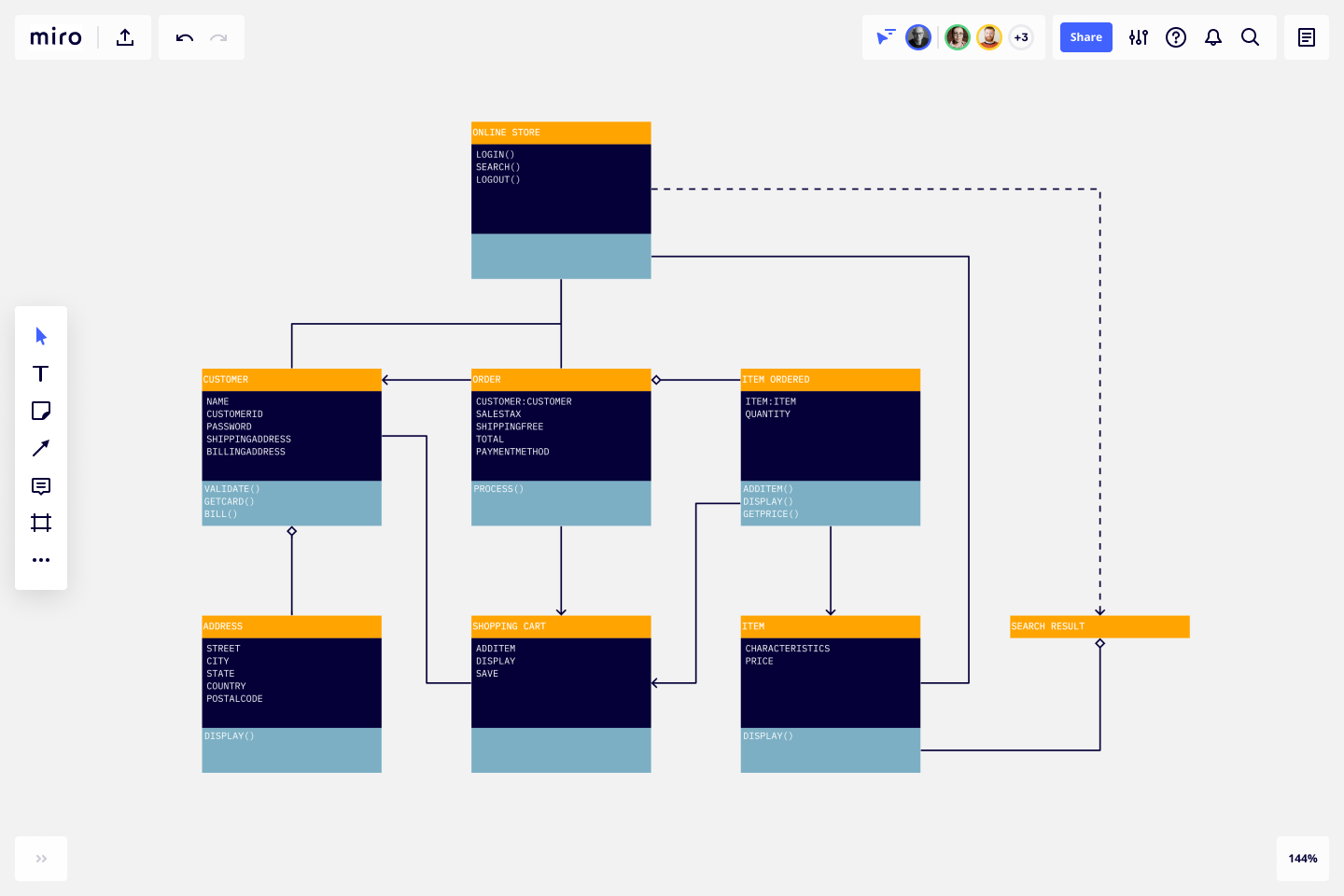
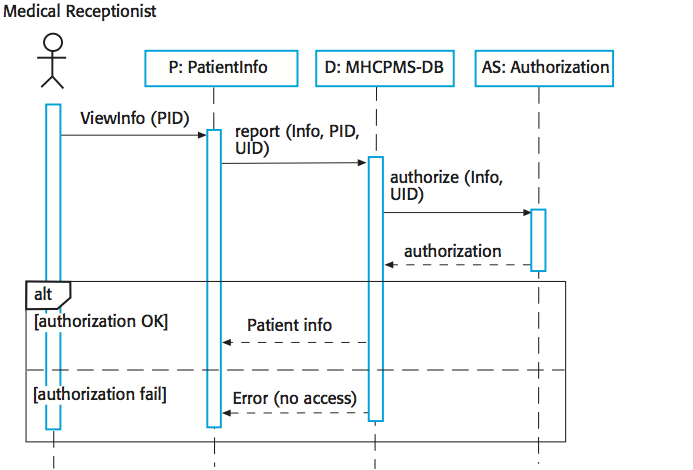

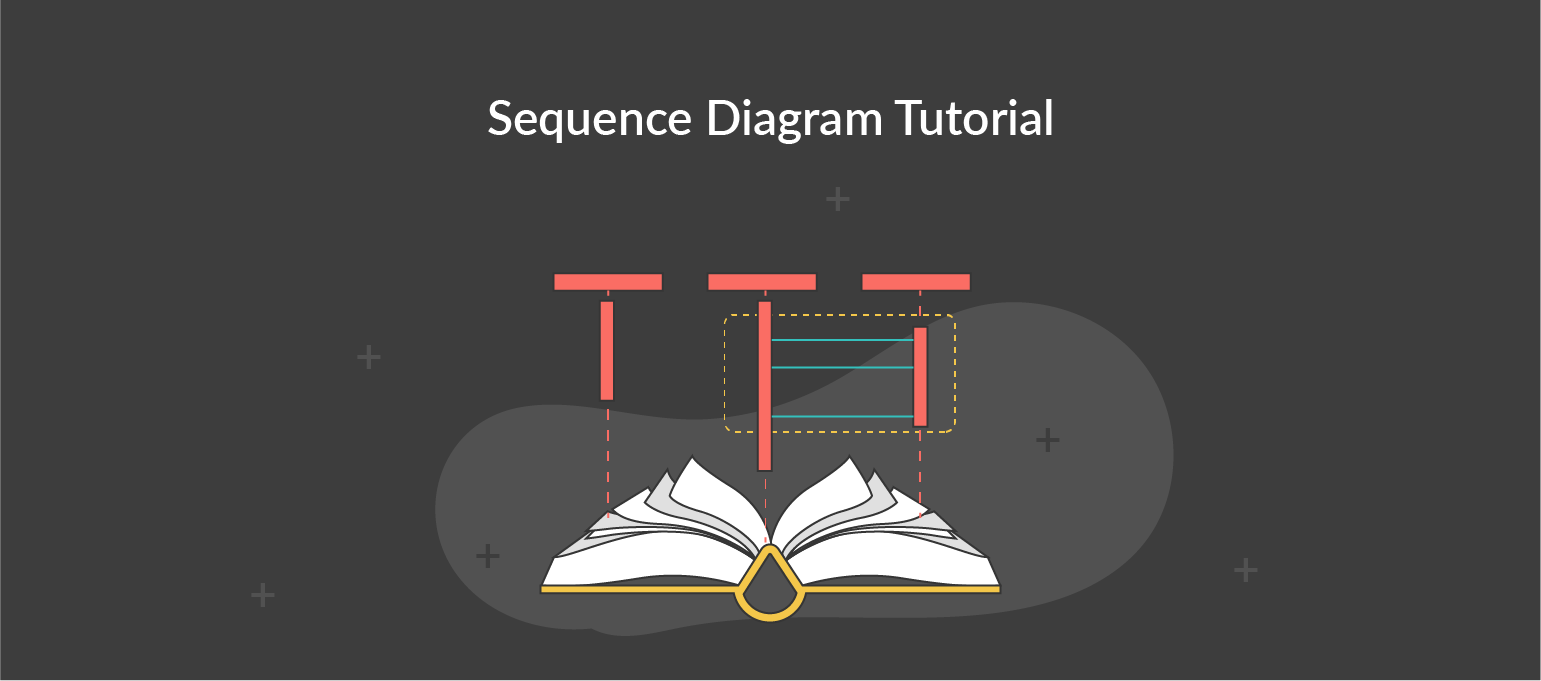


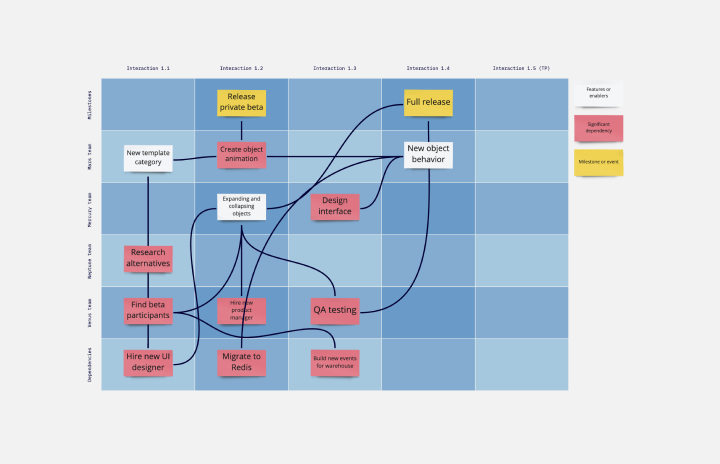





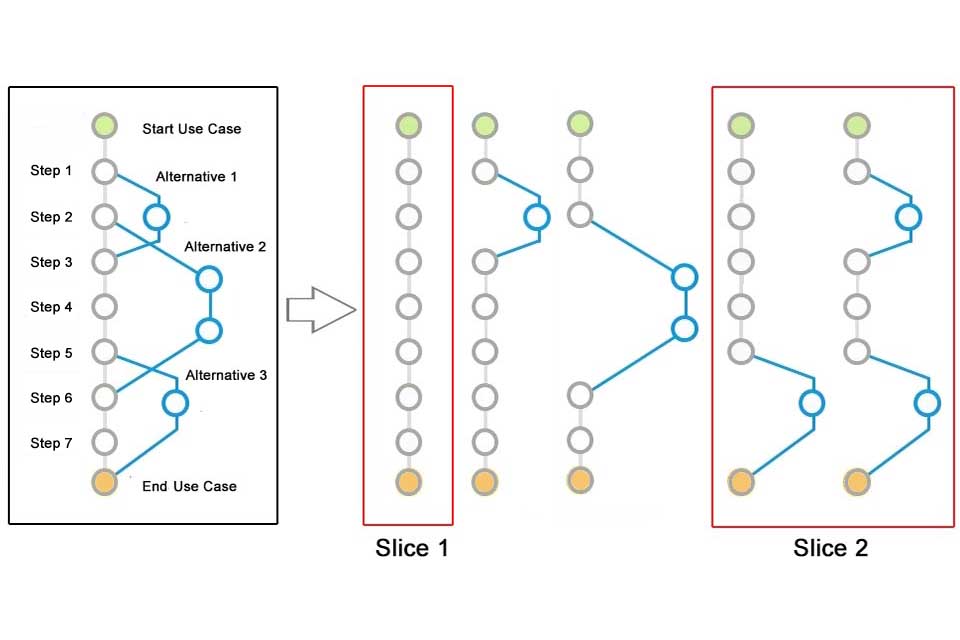

Post a Comment for "Information For Use Case Descriptions Is Primarily Derived From System Sequence Diagrams"